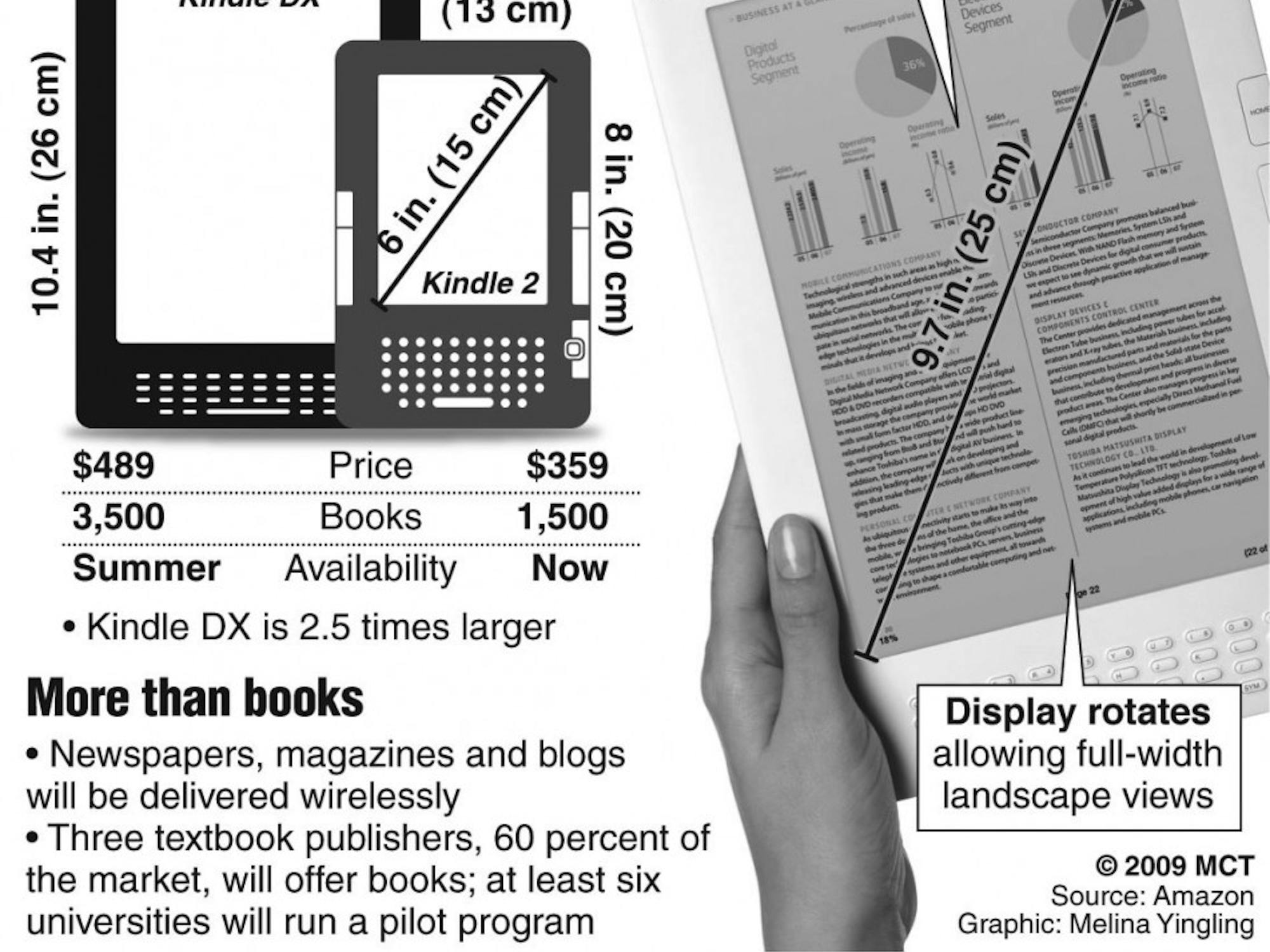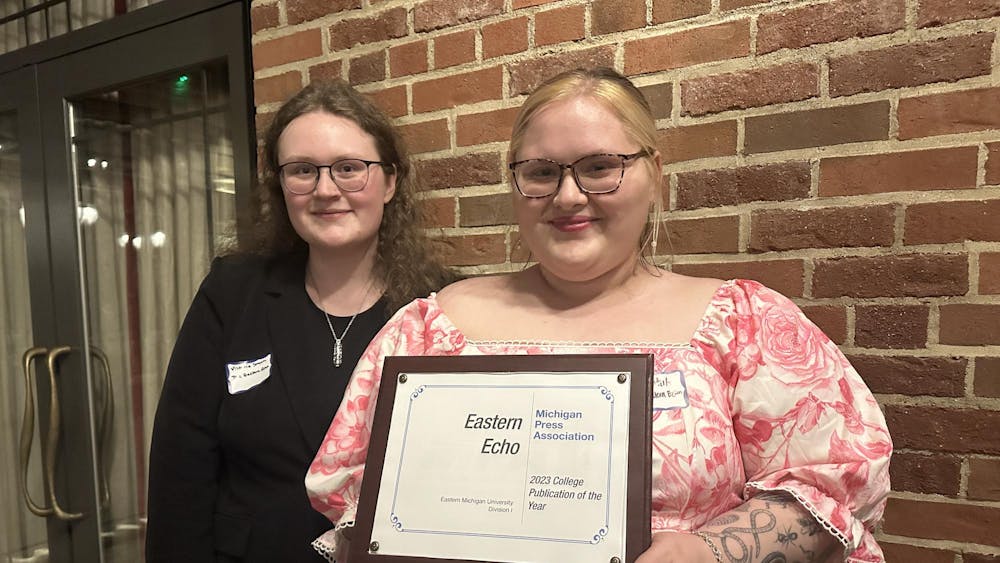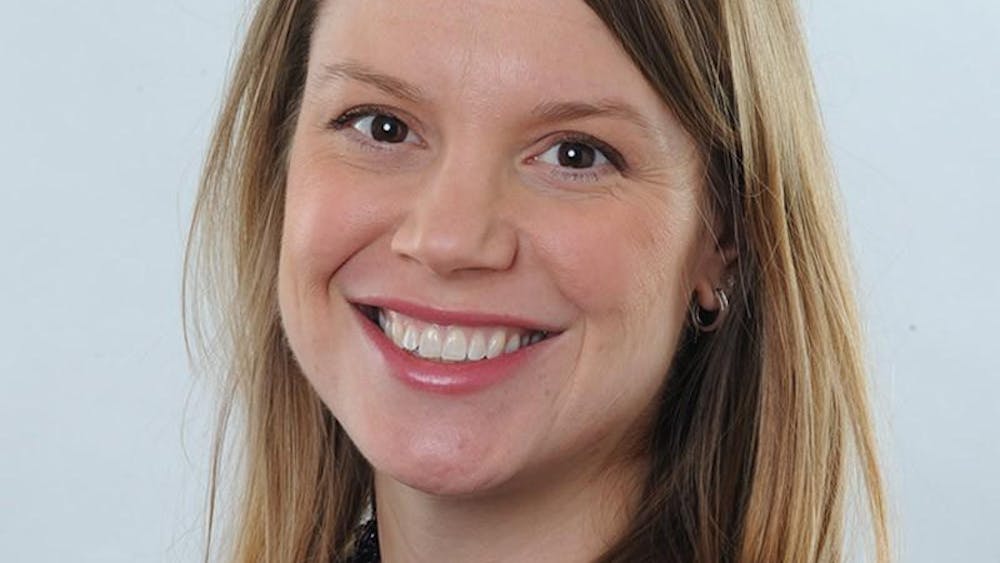When Sheila Effan found a Kindle electronic reader among her gifts last Christmas, one of her first thoughts was whether she would miss the smell and feel of real paper. She got her answer five months later.
That’s when a friend lent her a paperback. She lugged it around for a couple of days before tiring of the burden.
“I got annoyed with it. So I just downloaded it to my Kindle,” Effan said. “I thought I would miss books. But I don’t.”
Oh, how the folks behind Amazon.com’s Kindle, Sony’s Reader and Barnes & Noble’s Nook love the sound of that.
And if some optimistic projections hold true, Effan is on the leading edge of a mass migration of readers set to change the way books are produced and consumed.
For all their hype, digital books make up just a tiny portion of the publishing pie. Last year in the United States, an estimated $24.3 billion worth of books were sold, according to estimates from the Association of American Publishers. While sales of e-books are growing fast — up 68 percent over the previous year — they accounted for only $113 million in sales.
With several new devices, including Barnes & Noble’s Nook, hitting the market as the holidays approach, sales are certain to grow this year. But 2010 might very well be a turning point of sorts for the industry, with next year’s holiday season “culminating in e-reader mania,” suggests a recent report by Gartner Inc., an information technology and consulting firm.
Industry observers say a lot needs to happen first: The devices still cost too much. They lack a shared industry-wide format. They don’t do a good enough job with color — and most don’t even try. And many elements of the publishing world remain cool to the idea.
One of the biggest obstacles is the price, with most devices ranging from $200 to $400. It’s a lot to pay for something that essentially does one thing — though some e-readers do have some extras, like rudimentary Web browsing.
Adding extra features like music, videos and e-mail might help justify the price for some shoppers, but they also would hurt the aesthetics of the devices, said Kate Dugan, a marketing manager for Sony Readers.
“We are very much focused on the reading experience,” Dugan said. “There are a lot of things you could do and add that would take away from that.”
But that’s forcing consumers to make tough choices. And e-readers will often be on the losing end until prices move downward, suggests David Renard, a partner with mediaIDEAS, a research and consulting firm.
His firm is projecting a major increase in the sale of e-readers during the next decade. In 2010, they project sales of six million readers. Ten years later, they project 446 million units sold worldwide. By that time, Renard expects the devices to cost less than $50.
“It needs to go in that direction,” Renard said. “The sweet spot is probably $100 to $120.”
There’s also the matter of format. Not every file can be displayed on every reader. There are some 40 or so devices on the market and there are several dozen different formats available to display text and images.
The most notable difference is the way Amazon handles its Kindle series of readers, which generally require users to shop for books from the company’s own store.
Both Sony and Barnes and Noble have taken a more open approach with their devices, making them friendlier toward outside sources. Many experts believe it’s only a matter of time before the industry comes to some sort of agreement that allows more flexibility for all.
The sooner the better for Shannon Crary, the electronic resources coordinator for St. Louis County Library. The library offers patrons access to several thousand titles, which can be checked out and downloaded temporarily onto computers or portable readers until they expire.
The only catch is you need a Sony Reader if you plan to use an e-reader. Kindle users are out of luck. It’s one of the reasons this sector of the library’s offerings isn’t used as much as it could be, Crary said.
“It’s too complicated for people. If they made it easier, more people would be on board,” she said.
For now, all eyes are on Amazon, which has been unwilling to move away from its proprietary .azw format. A more widely accepted format is .epub.
“Either the world is going to force Amazon to change or Amazon is going to force its will on the world,” said David Weiner, an analyst for Gartner.
Also being asked to accept significant changes are authors and publishers, as Amazon and other electronic retailers attempt to rewrite the way book sales dollars are divided up. Traditionally, the breakdown might go something like this: 50 percent for the retailer, 40 percent for the publisher and 10 percent for the author. But e-book retailers are pushing for something more like 70 percent for the retailer, 25 percent for the publisher and 5 percent for the author, said Ray Wimer, assistant professor of retail management and marketing at Syracuse University and a former regional manager for the Borders chain of bookstores.
That’s further muddied by the fact e-books tend to sell for around $10, or less than half the price of traditional hardcover releases.
“Everybody’s getting less money,” Wimer said. “The only way to make up the difference is to sell a heck of a lot more.”
What’s a little unclear is the potential impact of cell phones, which can double as portable e-readers. Some experts argue the small screens make serious reading virtually impossible. Not everyone agrees.
Allen Lau, cofounder of Wattpad — essentially a YouTube for authors — said it’s not uncommon for his younger users to read extensively on their cell phones. “They’re just so used to texting,” Lau said. “It’s the device they use.”
And there’s also the appeal for people who find themselves with spare time, but away from home. If you are stuck at the doctor’s office, would you rather read a 3-month-old magazine or your favorite book on your iPhone?
That’s one of the benefits of the Kindle for Jim Gansner, who occasionally uses an iPhone app that lets him read his downloaded books on the phone. It’s not ideal, but it works in a pinch. It was the case recently while working his way through a digital book of short stories by Ernest Hemingway.
“I was at the airport and had a few extra minutes and wanted to finish it there,” Gansner said.
Is an e-reader among your holiday shopping plans? If so, here are a few things you need to know.
Expect to spend at least $200 on the device. That would get you the pocket edition of the Sony Reader, about the size of a paperback, with a 5-inch screen. At the higher end of the scale, the Kindle DX sells for just under $500, with a 9.7-inch screen and wireless downloading of books.
There are quite a few e-readers on the worldwide market. But Lance Ulanoff, editor of PCMag.com, suggests sticking with the Sony Reader, Amazon Kindle or Barnes and Noble Nook. And if you’re buying multiple devices for the family, he says it’s best to stick with the same company to avoid compatibility and sharing problems.
“Before you dedicate yourself to a reader, you need to dedicate the whole family to the same reader,” Ulanoff said.
If you’re drawn to the new Nook by Barnes and Noble, be aware you’re unlikely to get it in time for the holidays. The company has sold out its initial allotment. Additional purchases won’t be delivered until January.
Make sure the books/authors you want to read are being digitally published. Notably, authors J.K. Rowling (Harry Potter) and John Grisham have not allowed their works to be published as e-books.










